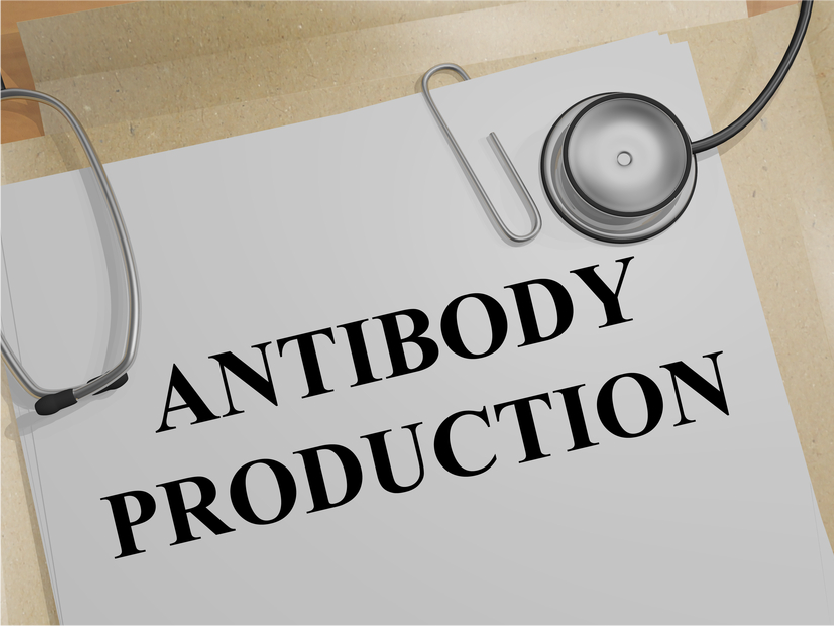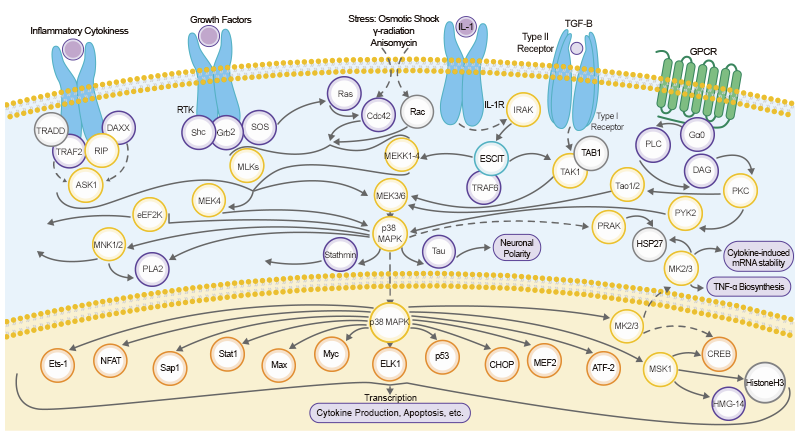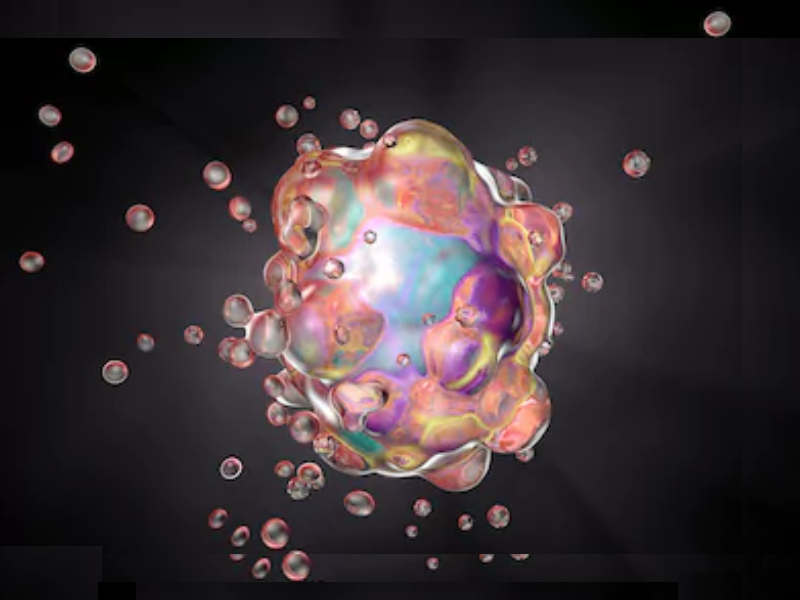The interest in using primary cells for cell-biology research has gained prominence in recent years due to factors such as cell line contamination (Kaur G, 2012). What made primary cells lose their popularity in the first place is partly due to the rigorous and arduous process associated with primary-cell cultivation. So why is primary-cell cultivation so difficult?
What Are Primary Cells?
Cells obtained directly from living tissues such as biopsy samples, are known as primary cells. The process of proliferating primary cells under controlled conditions is known as primary-cell cultivation, or primary culture.
Challenges of Culturing and Using Primary Cells
Primary Cell Isolation
The only process that may be required before cultivating immortal cell lines is to detach the cells from the medium if the primary cells are adherent cells (also known as anchorage dependent cells). In contrast, primary cells need to be isolated from the tissue before they can be seeded.
Dissect (and Mince)
Primary cell isolation begins with dissecting off unusable tissues. For soft tissue specimens, mechanical disaggregation can then be employed by mincing the remaining specimen. This process aids the disintegration of tissues and the exposure of the cells. Using this method, primary cells can be collected using a sieve, pipette, or syringe.
Wash and Enzymatic Disaggregation
Alternatively, enzymatic disaggregation can be used to obtain the cells, in which case the samples need to be washed to eliminate excess blood proteins and then disaggregated using an enzyme. Enzymatic disaggregation is usually used when a “high recovery of cells is required from the tissue.”
Wash the sample to inhibit the enzyme digestion process and resuspend the cells in the appropriate medium to evaluate the results of the isolation before seeding the cells. Whether the cells are seeded onto a plate or into a flask depends on whether they are adherent cells or suspension cells.
Specialized Conditions
Primary cells are highly sensitive and different cells require different types of components and nutrients to support cellular growth. These nutrients are often not found in traditional media. In addition, as a 2015 article noted, an overabundance of these cellular growth components “can lead to differentiation or promote growth of contaminating cells.” Hence, specialty media are required for primary cultures. For example, ABclonal uses an optimized rabbit culture medium to cultivate the primary rabbit B cells used for monoclonal antibody production.
Life Span
Unlike immortal cell lines, primary cells have a limited life span because of the limited telomeres. Hence, experiments using primary cells would need to be carried out using earlier passages.
Advantage of Using Primary Cells
Despite the difficulties associated with primary cultures and the handling of primary cells in general, there is one advantage primary cells possess that cell lines cannot beat. Primary cells are unaltered. Hence, they are as close to in vivo conditions as possible. Unlike cell lines, which are cultivated using samples obtained in primary culture, primary cultures replicate most, if not all, the pattern and characteristics of gene expression in the original tissue.
Applications of Primary Cells
Because of how close primary cells are to endogenous cells, they can be used in a wide array of applications in cell/molecular biology research, including:
- Modeling – Since primary cells are largely unaltered, they are used to simulate in vivo environments in research areas such as drug effects, aging, and cell signaling.
- Vaccines – Primary cells can be used to produce viruses which are in turn used to produce vaccines for deadly diseases.
- Prenatal Diagnostics – Cells isolated from amniotic fluids are used for the early detection of possible disorders that the fetus may possess.
- Protein Production – Another major use for primary cells is to commercially produce valuable proteins such as insulin and hormones. ABclonal Technology uses primary rabbit B cells to produce monoclonal antibodies used in life science research.
Reference
Kaur G, Dufour JM. Cell lines: Valuable tools or useless artifacts. Spermatogenesis. 2012;2(1):1-5. doi:10.4161/spmg.19885.



